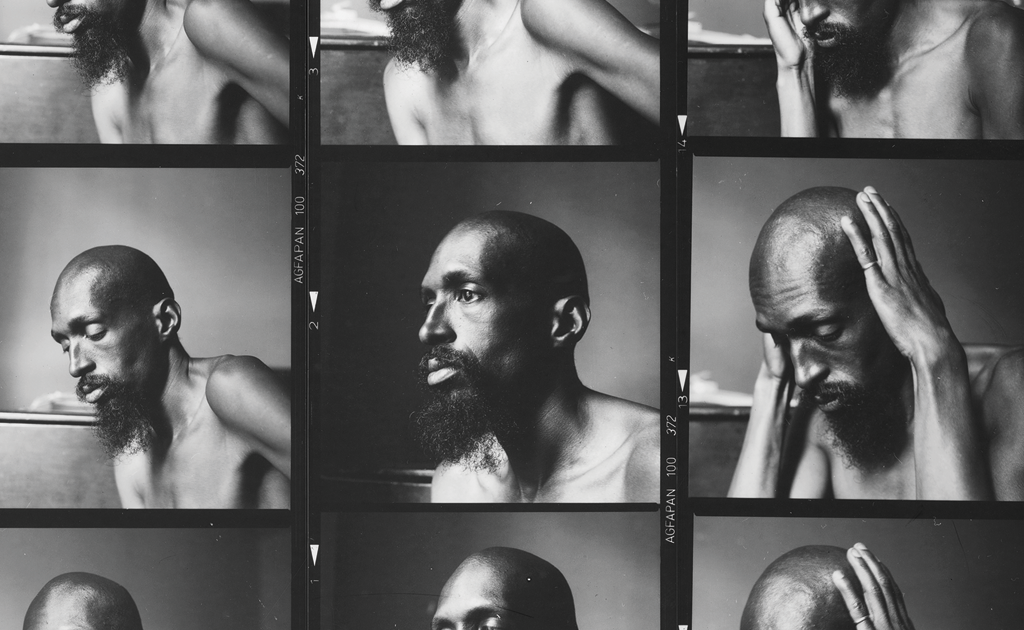
Or do they? In a remarkable series of events, the Eastman revival has taken a surprisingly trendy turn. He is simply too difficult and disturbing. His life is a documentary or biopic waiting to happen.Įver alien and alienating, the inscrutable Eastman has seemed destined to remain a new music outsider. His music - what is left of it (much is lost, all of it a mess) - requires Herculean reconstruction efforts. Whether through the shocking titles for many of his pieces or his relationships with lovers and cherished colleagues, he challenged so many forms of prejudice.Įastman, who was born in 1940, rose like a comet with spectacular flair and flamed out just as stunningly, dying at 50 in obscurity - homeless and alone. It didn’t matter whether you were white or Black, straight or gay: He had something up his sleeve for any of us. He could be - personally and in his art - lovable and discomfiting. He was proudly and provocatively Black and gay. It would be hard to find an artist who personifies so many issues of our day - Black Lives Matter, LGBTQ rights, homelessness, income inequality, mental health, addiction, you name it.Īn extraordinarily gifted composer, vocalist, pianist, dancer and choreographer, Eastman had a magnetic presence and gripping sense of theater. Ensemble, Tim Griffin of the Kitchen, Paul Tai of New World Records, the Bowerbird team (Heather Mease, Colin Manjoney, Angus MacDonald, Kyle Blessing), Arin Ahlum Hanson, and countless others that contributed in some many ways to this project.The growing Julius Eastman revival throughout the new music community in the past few years seems, particularly from hindsight, inevitable. Thank you to Gina Renzi and the staff of The Rotunda, Aaron Levy and the team at Slought, to Petr Kotik of the S.E.M. Thank you to the all of the participants in our October 2015 workshop: Thomas, Choinacky, Renee Levine Packer, Ryan Wayne Dohoney, Kyle Gann, Mary Jane Leach, Jace Clayton, Tracie Morris,Kimberly Drew, Jerrell Jackson, James Ijames, chukwumaa, Jeremy Toussaint-Baptiste, André Carrington, Chris McIntyre, Kyle Austin, and Stanford Thompson.


John Bewley, music librarian and archivist at the University of Buffalo (SUNY) music library, who's tireless work with the Eastman archive ensures that generations will have access to this extraordinary artist. We look forward to working with you for years to come.Īnd an enormous thank you to Dr. Thank you to Gerry Eastman and Peter Thall of the Eastman Estate for believing in the work we are doing and allowing us unparalleled access to research and source materials. Thank you to Jan Williams for his insights into the music and showing us around Buffalo.


Thank you to Reneé Levine Packer for the deeply researched biography and the personal accounts of Julius in Buffalo. Thank you to Mary Jane Leach for leading the search for Eastman's lost work, and for generous sharing of time and information as we continue in her footsteps. Julius Eastman: That Which Is Fundamental is a project of Bowerbird, a Philadelphia based non profit dedicated to presenting experimental music and related art forms. That Which Is Fundamental is the first comprehensive examination of Eastman's legacy to work alongside the Eastman Estate, an organization led by Gerry Eastman to gather together, organize, preserve, disseminate, and generally further the work of his brother, Julius. Events include four major concerts - including several modern “premieres” of recently recovered works - and a multi-disciplinary exhibition featuring archival materials and work by ten contemporary artists who engage with Eastman and the fragmented nature of his legacy. The culmination of more than three years of research, this first iteration of this project will take place in Philadelphia in May 2017. Julius Eastman: That Which is Fundamental is an interdisciplinary, multi-artist project that examines the life, work, and resurgent influence of Julius Eastman, a gay African American composer and performer who was active internationally in the 1970s and 80s, but who died homeless at the age of 49, leaving an incomplete but compelling collection of scores and recordings.


 0 kommentar(er)
0 kommentar(er)
